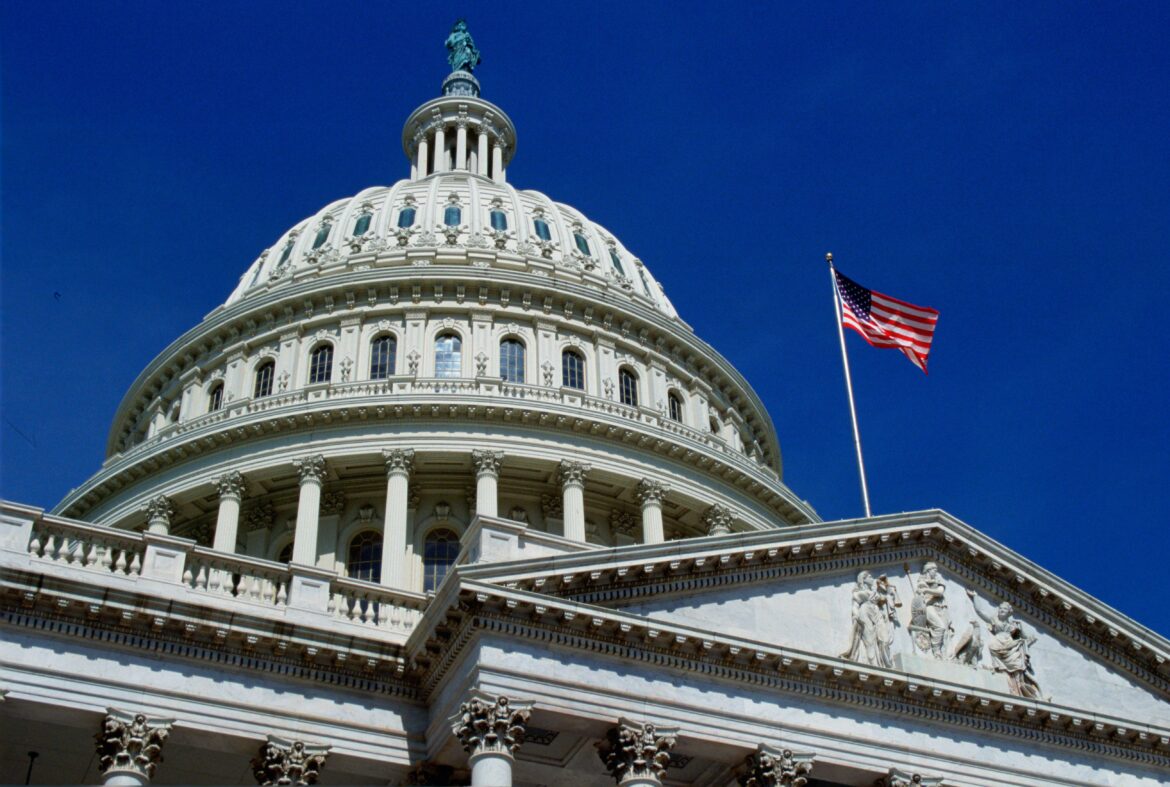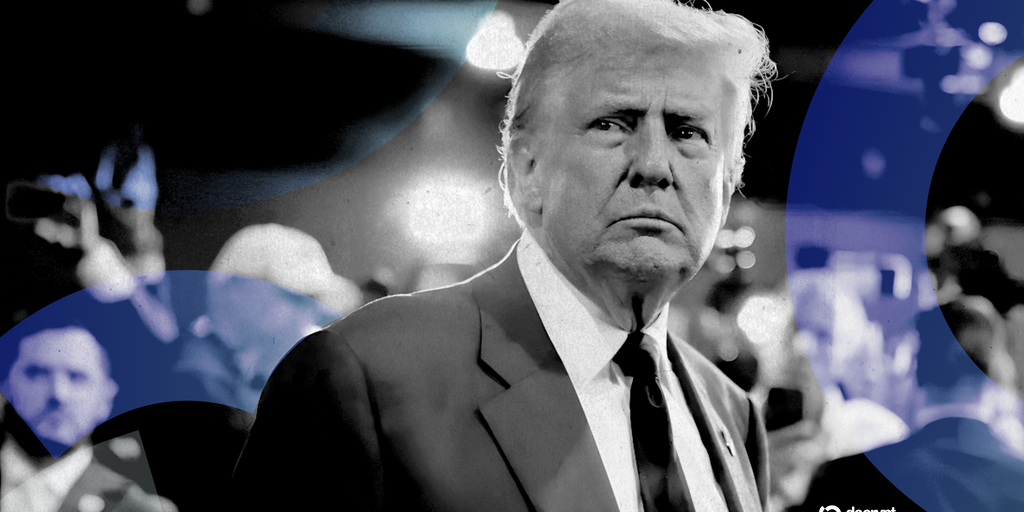Major banking groups in the United States are pushing to change certain provisions of the recently passed GENIUS stablecoin Act, citing concerns over aspects of the law that could affect the traditional financial industry.
Summary
- U.S. banking groups are lobbying lawmakers to reconsider certain provisions of the GENIUS stablecoin Act.
- Banks argue that the current structure creates an uneven playing field that could threaten the future of traditional financial institutions.
- Crypto industry groups have pushed back, stating that the provisions are a necessary feature to support innovation and maintain consumer choice.
On Aug. 25, the Financial Times reported that U.S. banking groups are actively lobbying lawmakers to reconsider certain provisions of the GENIUS legislation.
Passed earlier in July, the GENIUS Act marked the first official stablecoin law in the United States, set out to regulate the billion-dollar market and maintain the country’s dominance in the sector. Part of the regulation prevents issuers from directly paying interest or yield to stablecoin holders, a measure intended to protect stability in the system.
This provision means that while banks can issue their own stablecoins, they are prohibited from offering any interest. In contrast, crypto exchanges can still provide rewards to holders of third-party stablecoins, such as Circle’s USDC (USD Coin) or Tether (Tether). The groups describe this provision as a “loophole” that indirectly favors crypto exchanges over traditional banks, warning that it could prompt customers to shift deposits from banks to platforms offering higher returns, creating an uneven playing field.
The groups cited an April Treasury report that estimated stablecoins offering yield could move as much as $6.6 trillion away from the traditional banking system, warning that such outflows could jeopardize the stability of the banking sector.
However, representatives from the crypto industry have reportedly pushed back against the banks’ campaign, arguing that the concerns are overstated.
Crypto industry pushback: GENIUS Act “loophole” is not a flaw
Advocacy groups, including the Crypto Council for Innovation and the Blockchain Association, have argued that the “loophole” described in the GENIUS Act by the banks is not a flaw, but a necessary feature to maintain competition and innovation in the sector.
They contend that restricting exchanges from offering rewards to stablecoin holders would unfairly protect banks while limiting consumer choice. Industry figures like Coinbase’s chief legal officer, Paul Grewal, have also condemned the concerns, emphasizing that the industry should be allowed to evolve without unnecessary restrictions.
The GENIUS stablecoin has been celebrated as a regulatory milestone for the industry, championing the long-awaited clarity for the asset class. However, the ongoing dispute underscores the tensions emerging as rules take shape, highlighting the need for a careful balance to ensure both innovation and stability.










